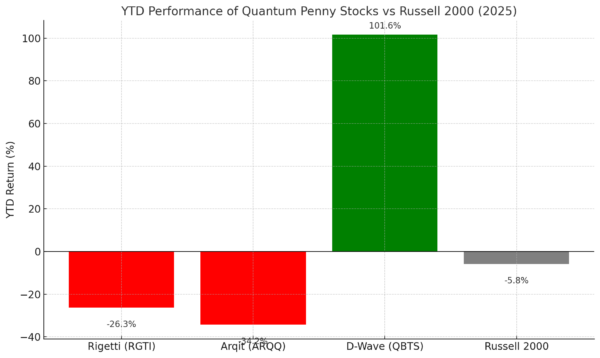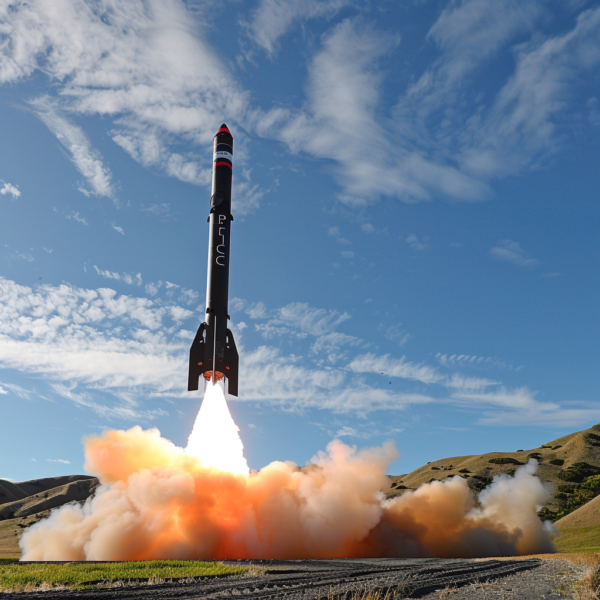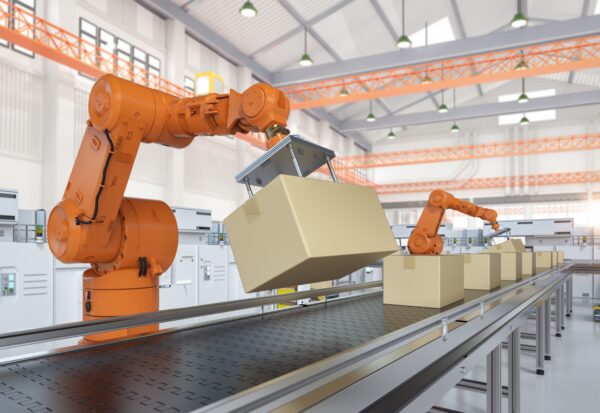Uranium Stocks to Buy: Nuclear, Clean Energy, and AI
The Age of AI Needs a Big Power Source
Artificial intelligence is (obviously) here to stay — it’s a revolution sweeping through every sector of the global economy. It’s the next internet, in fact it’s potentially much bigger than the internet. From ChatGPT to autonomous systems, AI is transforming the way we live and work. It’s driving our cars, it’s planning our meals, vacations, giving us medical recommendations, and even helping us lose weight and quit bad habits.
But few people realize that behind every AI breakthrough lies something essential and often overlooked: energy.
AI models, especially large-scale ones, require enormous computing power, and that computing power depends on massive amounts of reliable electricity. As demand for data centers surges, the question isn’t just who builds the best models — it’s who can power them. And who can power them in a clean and renewable way.
A single ChatGPT query uses roughly 0.3 watt-hours—seemingly small until multiplied by the 700 million+ queries processed daily. That adds up to over 210 megawatt-hours per day, the equivalent of powering 35,000 U.S. homes annually. And this is just one application among hundreds. AI model training and inference are pushing data center power consumption to historic highs.
By 2026, global data center energy use is projected to surpass 1,000 terawatt-hours—more than the entire energy consumption of many industrialized nations. And AI could consume 3–4% of the world’s electricity by 2030.
In fact, you could see your electric bill rise up to 20% due to AI’s power demand increasing power costs.
In a world increasingly concerned with carbon and climate, these numbers raise a critical question: How do we power the AI era sustainably?
Why Nuclear Energy Is the Answer
The world is rapidly realizing that renewables alone cannot meet the demands of a high-tech, always-on digital economy. Wind and solar are essential—but they’re intermittent, seasonal, weather-dependent, and storage-limited. And can take up a much larger footprint compared to nuclear.
Nuclear energy, by contrast, offers 24/7 baseload power. It’s carbon-free, land-efficient, and highly scalable. That makes it uniquely suited to power the AI revolution.
Tech giants are taking notice. Microsoft has invested in Helion Energy, a nuclear fusion startup, and is hiring nuclear experts for its data center strategy. Amazon Web Services and Google are also exploring modular nuclear options. These companies are preparing for a future where AI and nuclear infrastructure are intertwined.
How AI Is Transforming Nuclear Energy
The synergy goes both ways. While AI relies on nuclear for clean power, nuclear energy is becoming smarter and more efficient through AI.
Advanced machine learning models are now being used to:
-
Predict maintenance needs before failures occur
-
Optimize fuel use and reactor efficiency
-
Simulate next-generation reactor designs
-
Monitor plant safety in real time using sensor networks
These AI-driven improvements lower costs, enhance safety, and accelerate innovation in a sector historically burdened by bureaucracy and capital intensity.
The Uranium Opportunity
With nuclear power back in favor, the spotlight naturally turns to uranium, the critical fuel behind most existing and planned reactors.
For over a decade, uranium prices were depressed. But that’s changing rapidly. Spot prices have more than doubled, recently breaking the $100/lb threshold for the first time since 2007. Demand is surging not just from government-backed reactors—but now potentially from AI-powered private energy infrastructure.
Meanwhile, the supply side is constrained. Years of mine closures and underinvestment have created a supply-demand imbalance that could last through 2030 and beyond.
For investors, this setup resembles classic commodity supercycles—with a twist: AI is now part of the demand curve.
Uranium Stocks to Add to your Watchlist
Here are several companies and ETFs that stand out for their strategic position in the uranium value chain:
Cameco (NYSE: CCJ)
Cameco is the world’s largest publicly traded uranium producer, with top-tier assets in Canada’s Athabasca Basin. It also has a stake in Westinghouse Electric, giving it exposure to both fuel supply and reactor services—a rare vertical integration in this space.
NexGen Energy (NYSE: NXE)
A high-potential developer with the Rook I project, NexGen boasts one of the world’s richest untapped uranium deposits. While it’s pre-production, it has strong institutional support and long-term leverage to uranium prices.
Denison Mines (NYSE: DNN)
Denison is pushing forward with in-situ recovery technology at Wheeler River, allowing for lower-cost, lower-impact extraction. It’s a smart bet for those seeking innovation within the mining space.
Uranium Energy Corp (NYSE: UEC)
Based in the U.S., UEC is positioned to benefit from domestic energy security trends. It owns a large portfolio of ISR projects and could become a preferred supplier for U.S.-based nuclear expansion.
Global X Uranium ETF (NYSE: URA)
For broader exposure, URA offers a well-structured basket of uranium miners, nuclear tech firms, and infrastructure players benefiting from the nuclear renaissance.
Data Snapshot: AI’s Energy Impact
While estimates vary, the emerging consensus paints a clear picture:
-
Single AI query (ChatGPT): ~0.3 – 0.34 Wh
-
Estimated daily AI power use: 210 – 240 MWh
-
Annualized usage: ~75,000 MWh (≈ 35,000 U.S. homes)
-
Data center electricity demand:
-
2022: ~460 TWh
-
2026 (projected): Over 1,000 TWh
-
-
Global share of electricity by 2030: 3 – 4%
In other words, AI and data infrastructure are rapidly becoming one of the world’s largest industrial energy consumers—and will require robust, scalable solutions to keep up.
Final Word: One Trend Powers the Other
We’re witnessing the birth of a powerful feedback loop:
-
AI needs nuclear for reliable, carbon-free energy.
-
Nuclear becomes more competitive and advanced through AI.
-
Uranium demand accelerates from both public and private-sector reactors.
This convergence is more than a theme—it’s a long-term trend with geopolitical, environmental, and financial implications.
If you believe in the future of AI, you should also believe in the rise of uranium—and the companies that mine, refine, and power the world with it.
About Russ Amy
Hey there! I’m Russ Amy, here at IU I dive into all things money, tech, and occasionally, music, or other interests and how they relate to investments. Way back in 2008, I started exploring the world of investing when the financial scene was pretty rocky. It was a tough time to start, but it taught me loads about how to be smart with money and investments.
I’m into stocks, options, and the exciting world of cryptocurrencies. Plus, I can’t get enough of the latest tech gadgets and trends. I believe that staying updated with technology is key for anyone interested in making wise investment choices today.
Technology is changing our world by the minute, from blockchain revolutionizing how money moves around to artificial intelligence reshaping jobs. I think it’s crucial to keep up with these changes, or risk being left behind.





